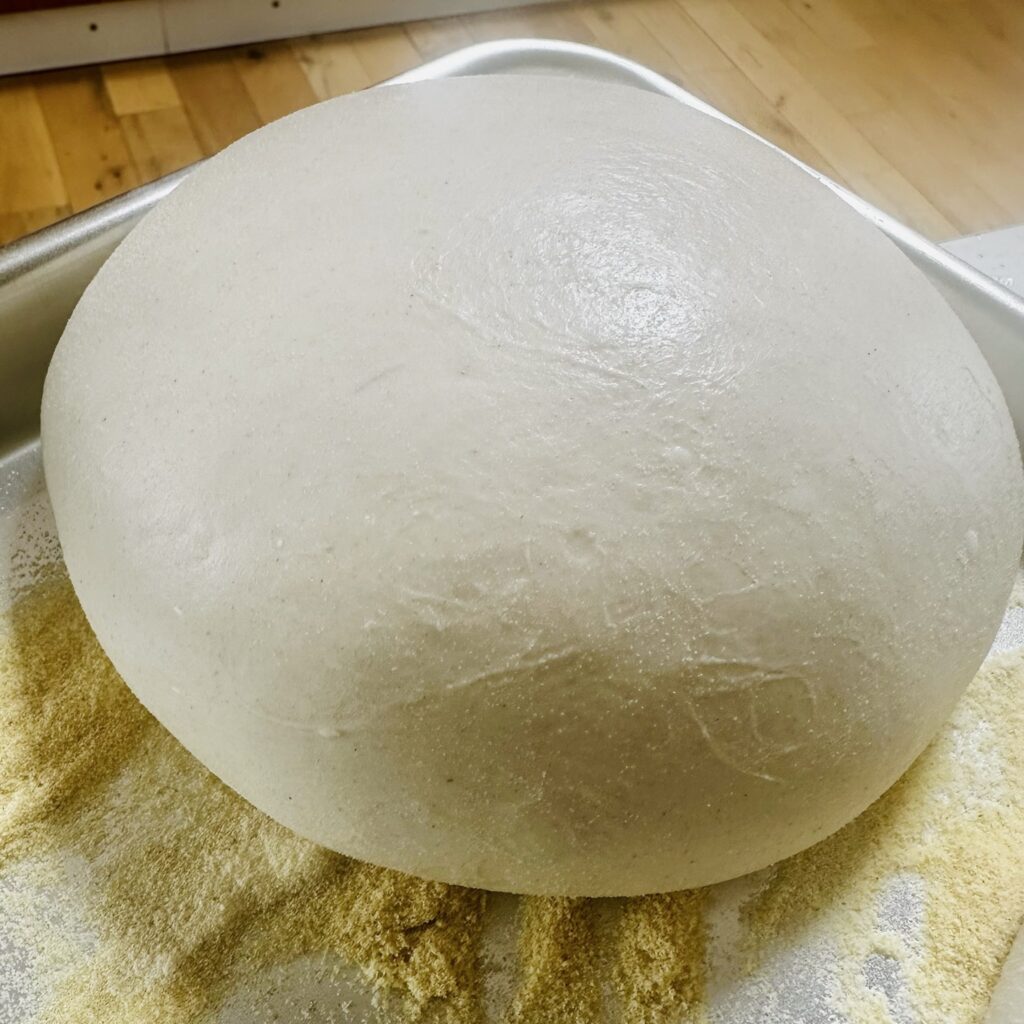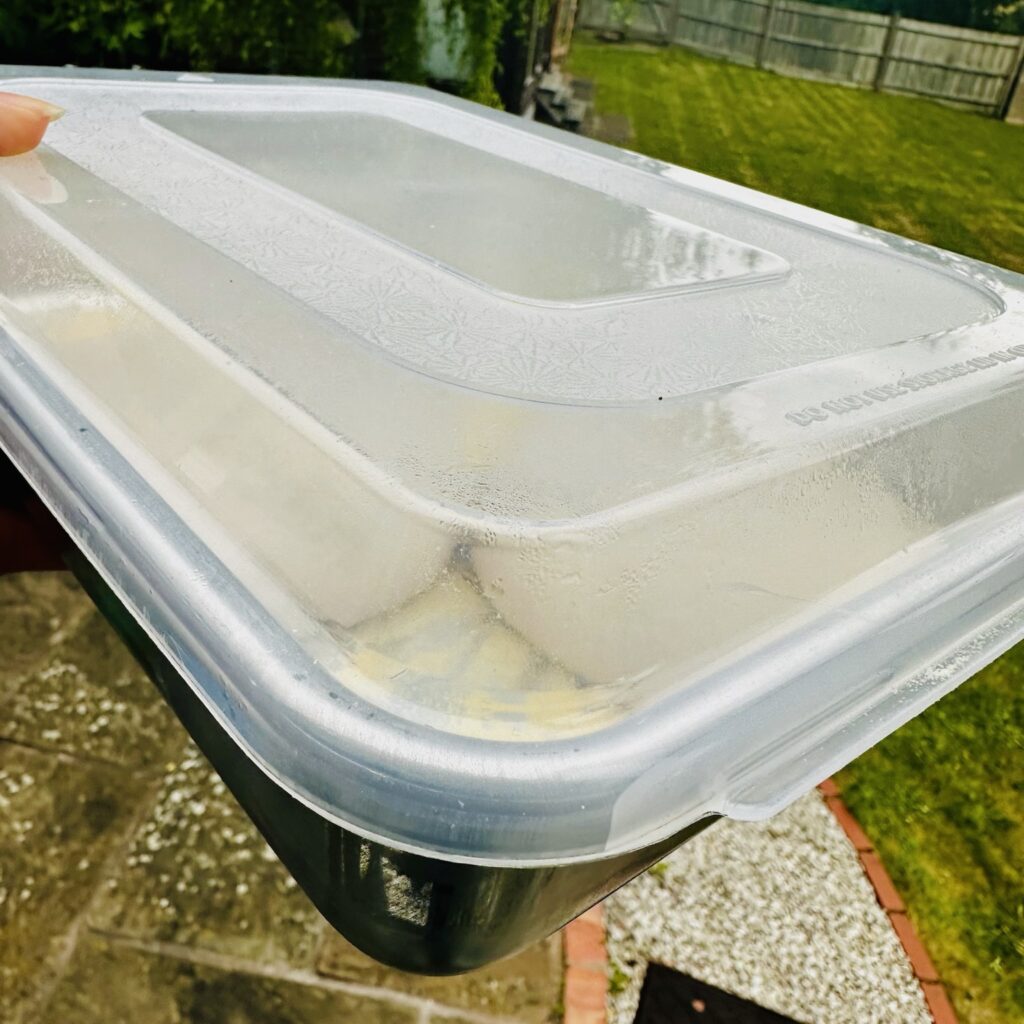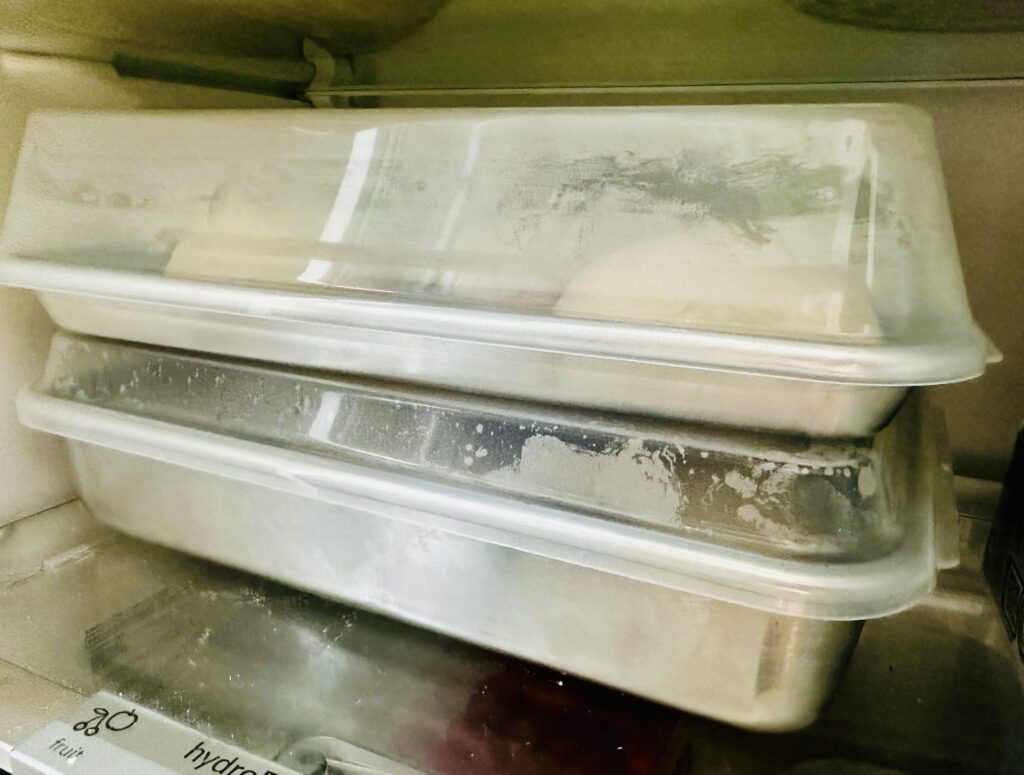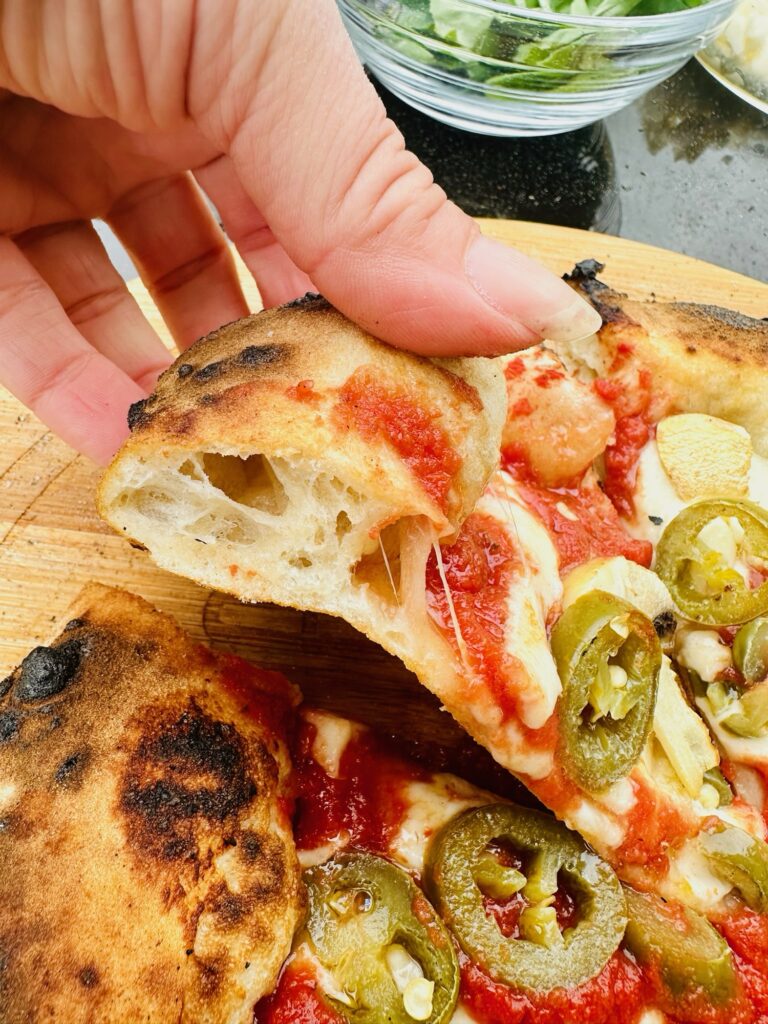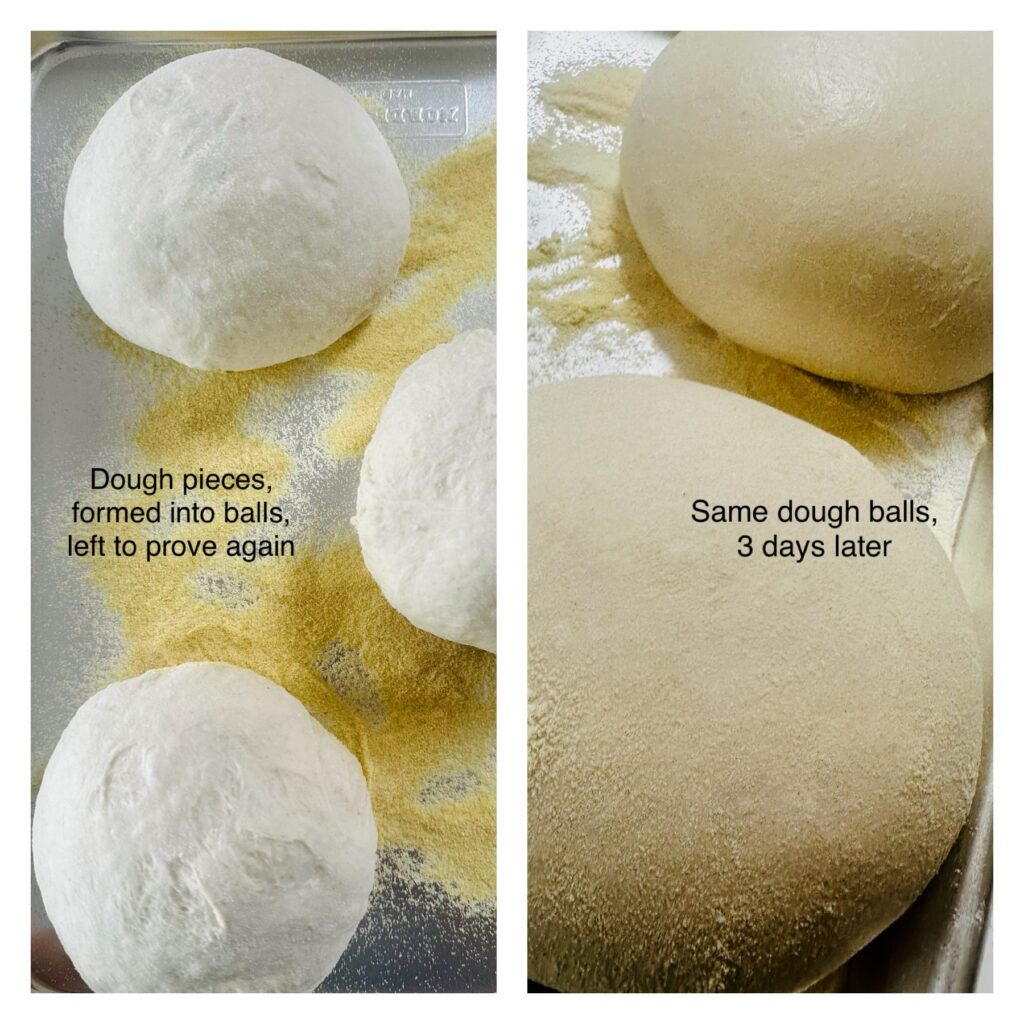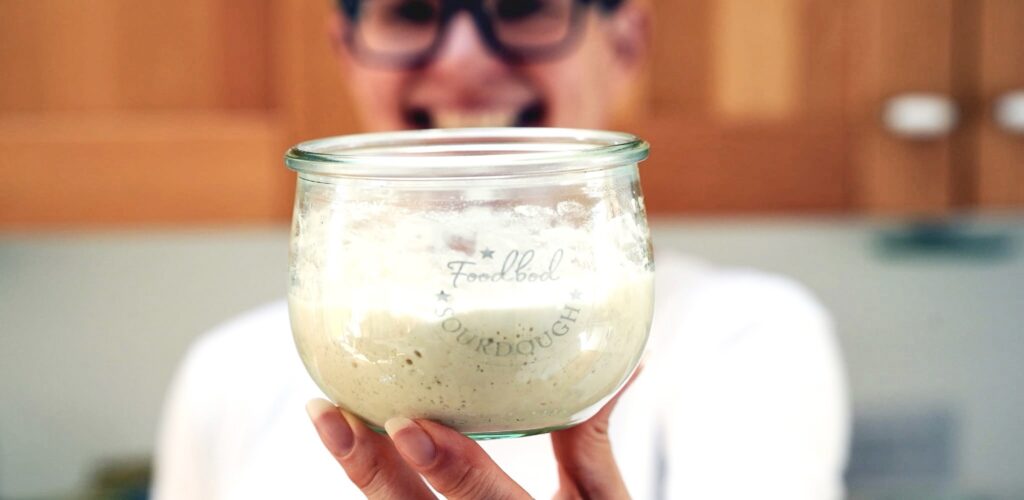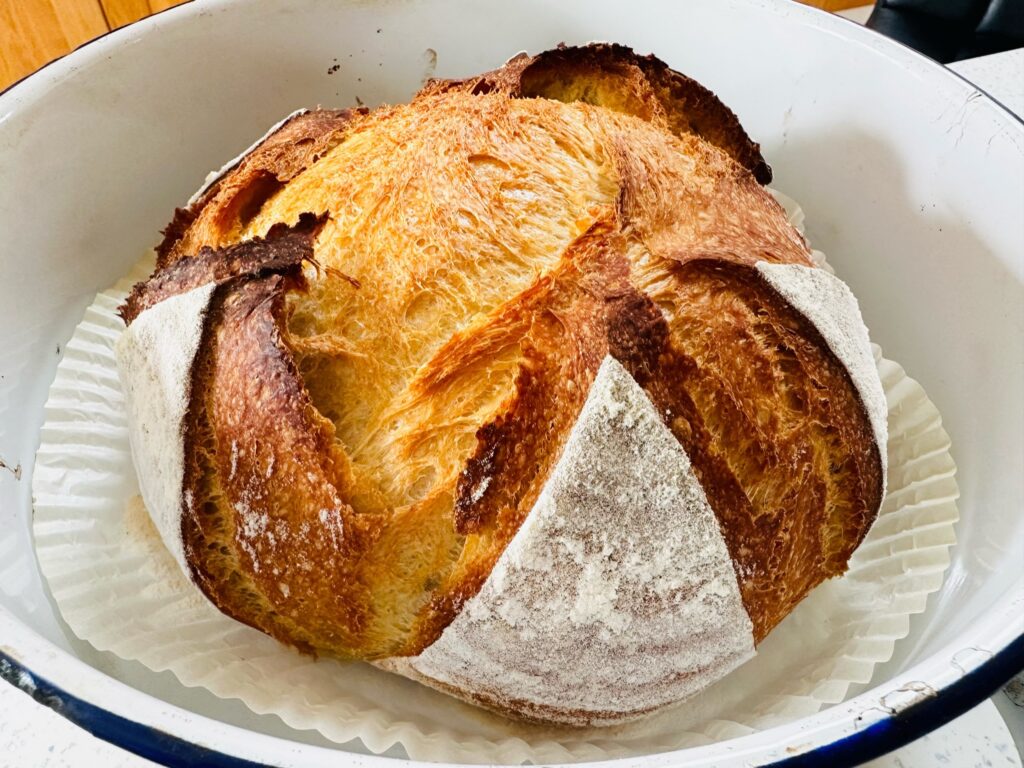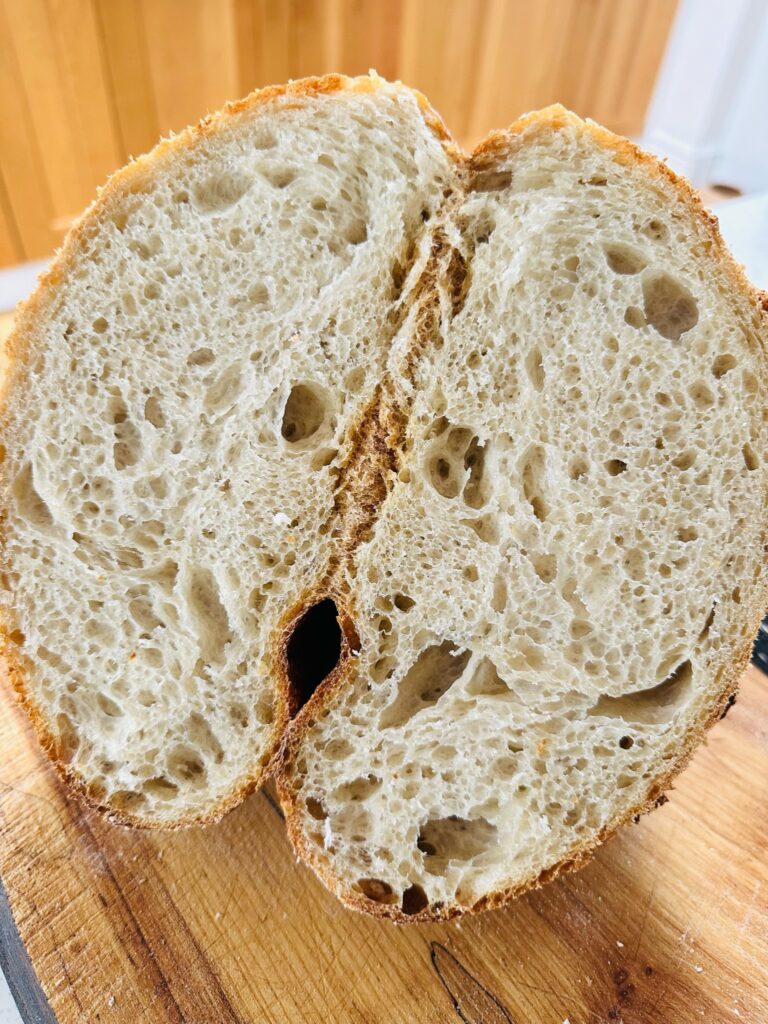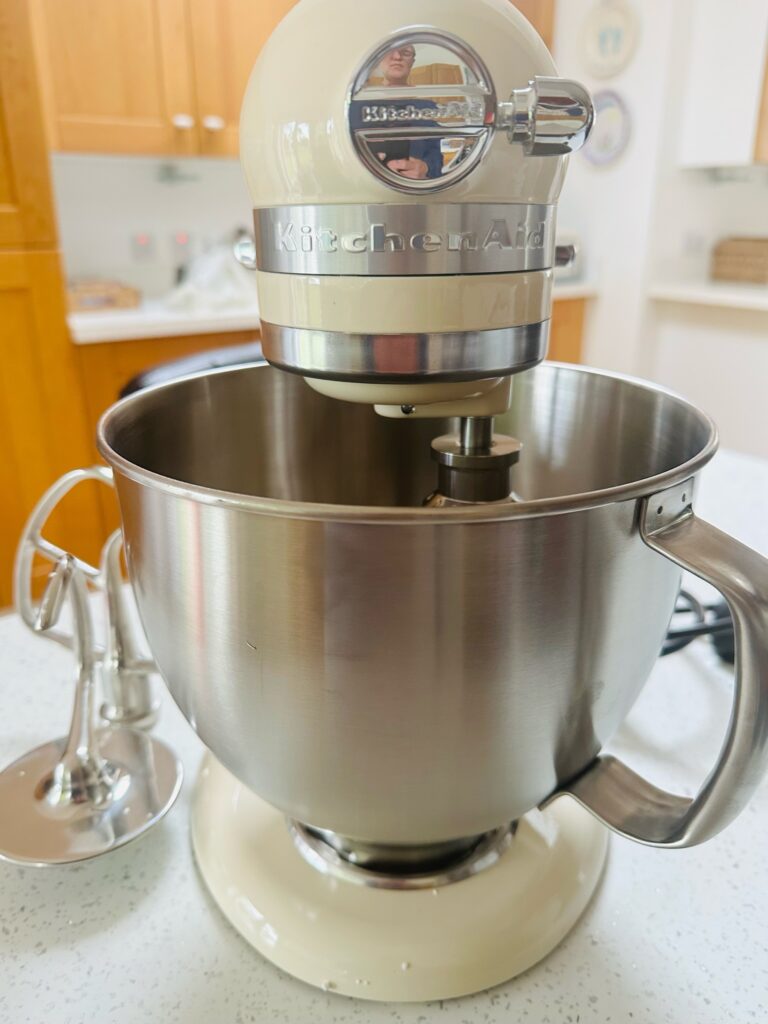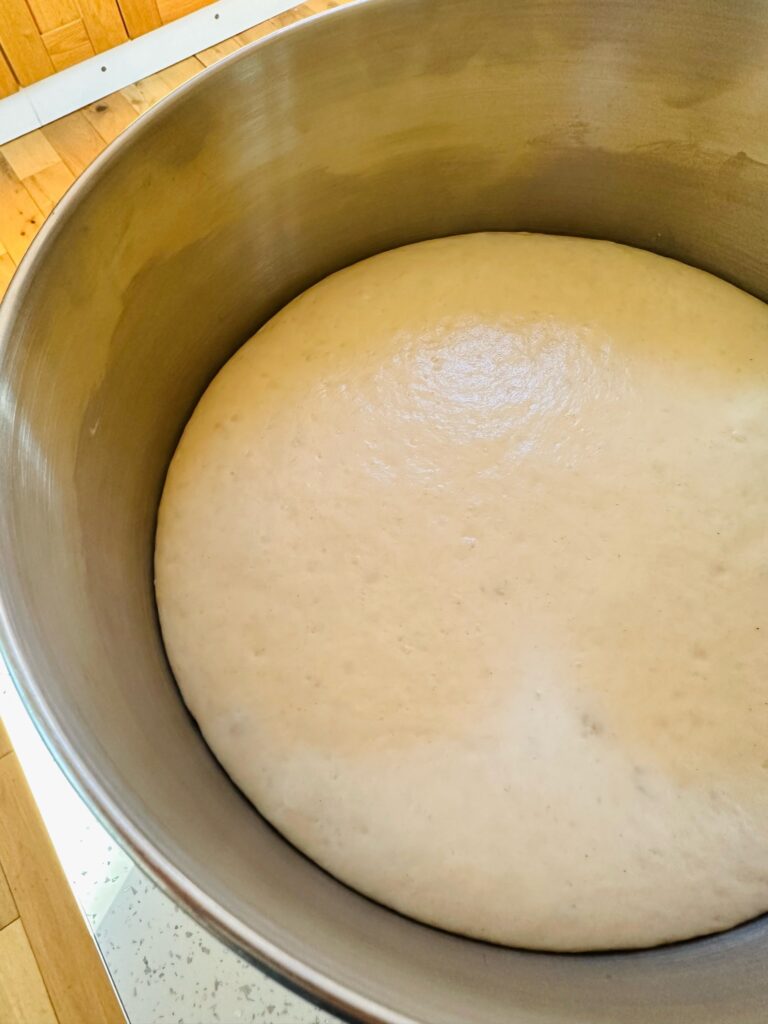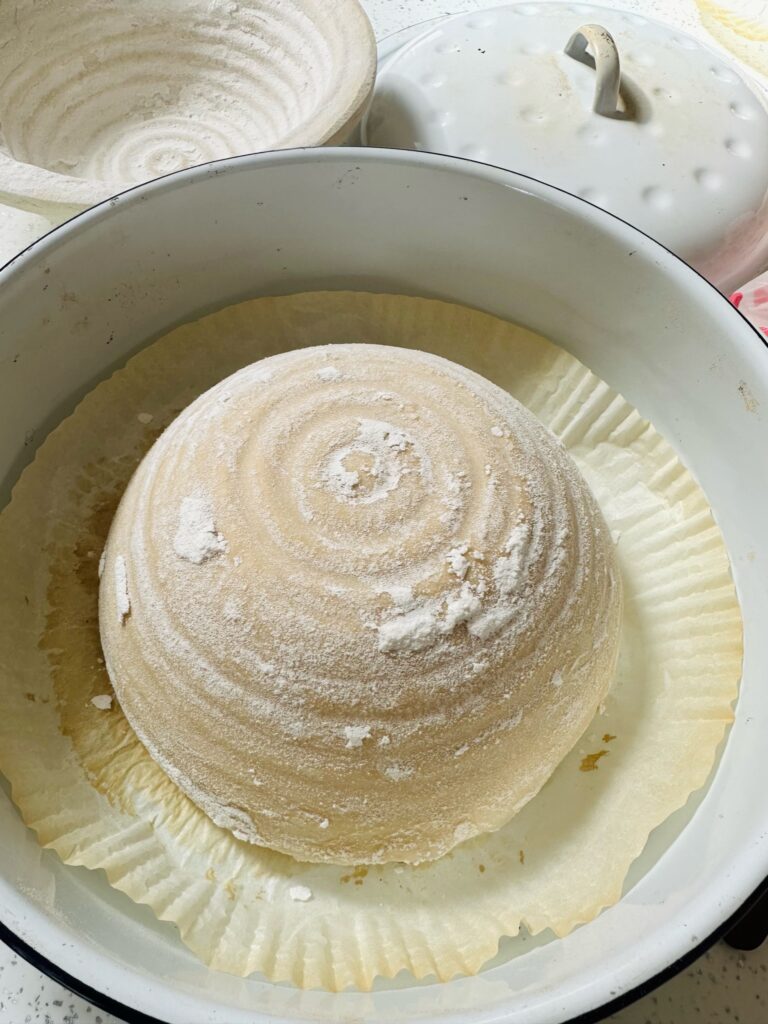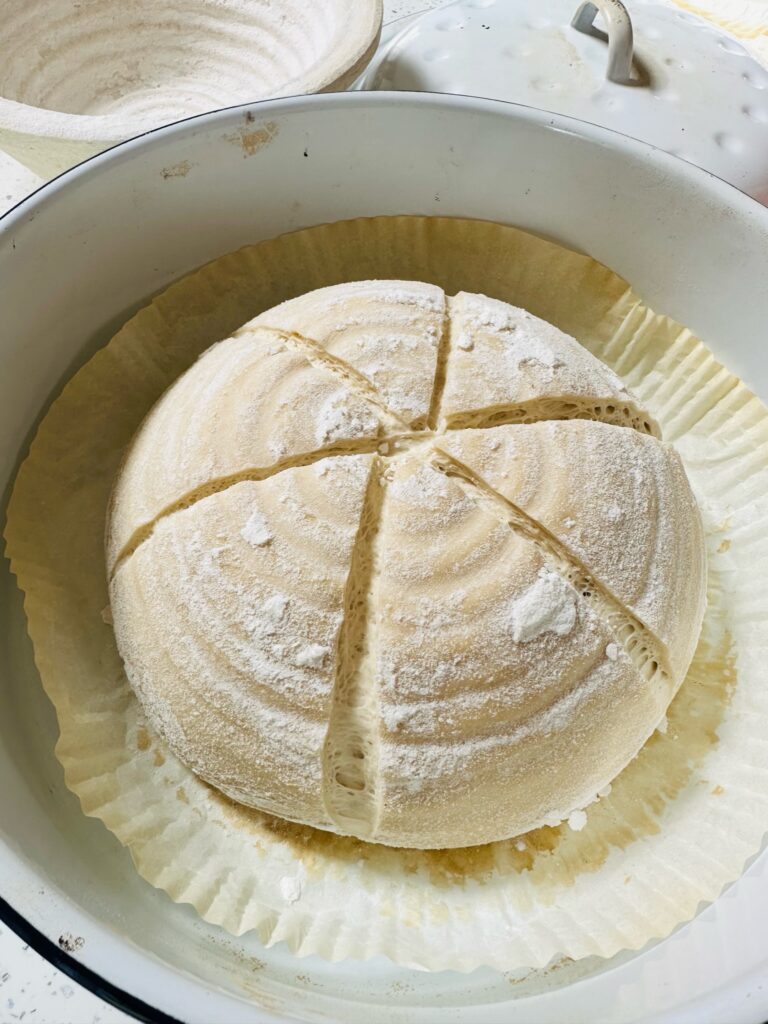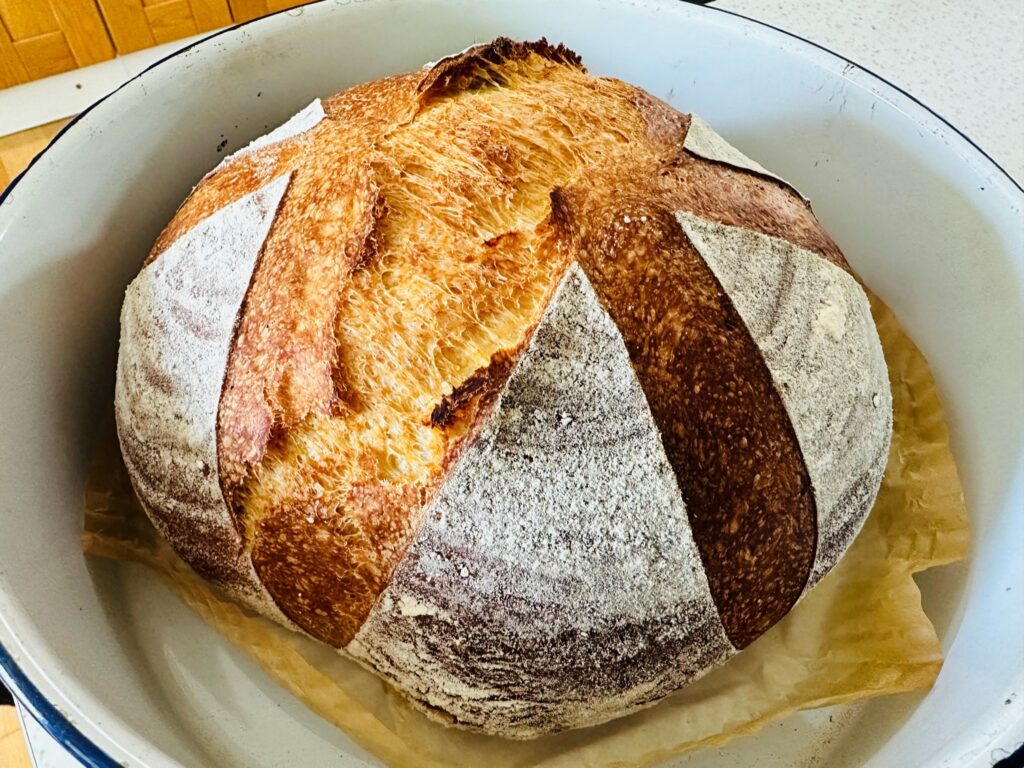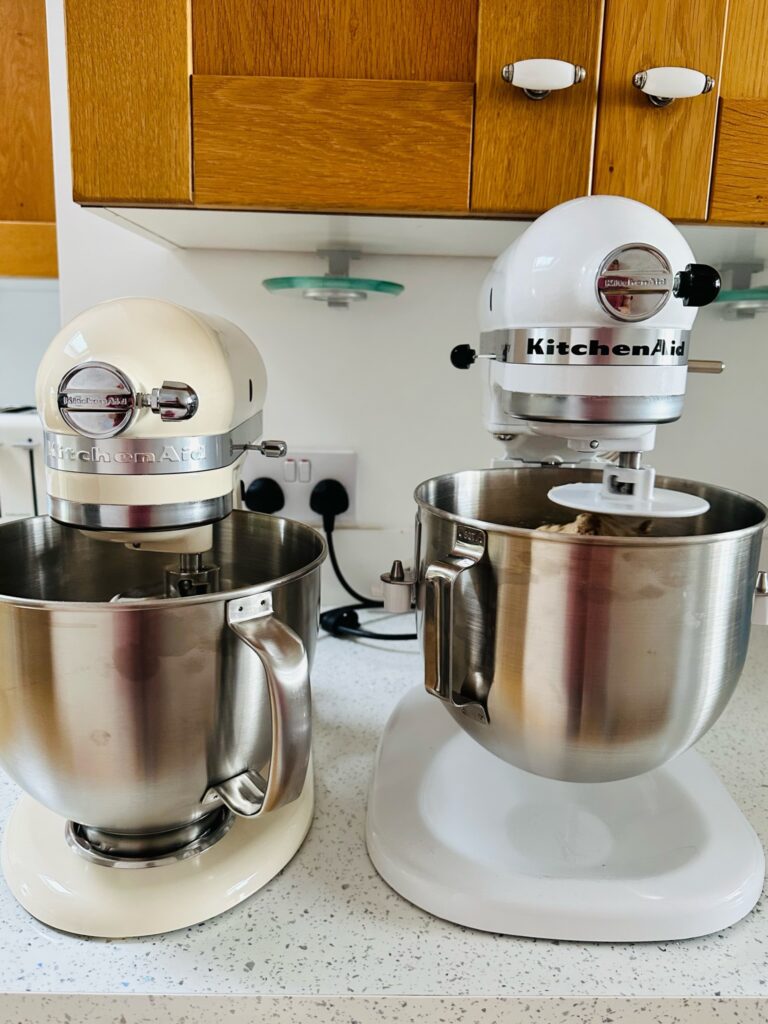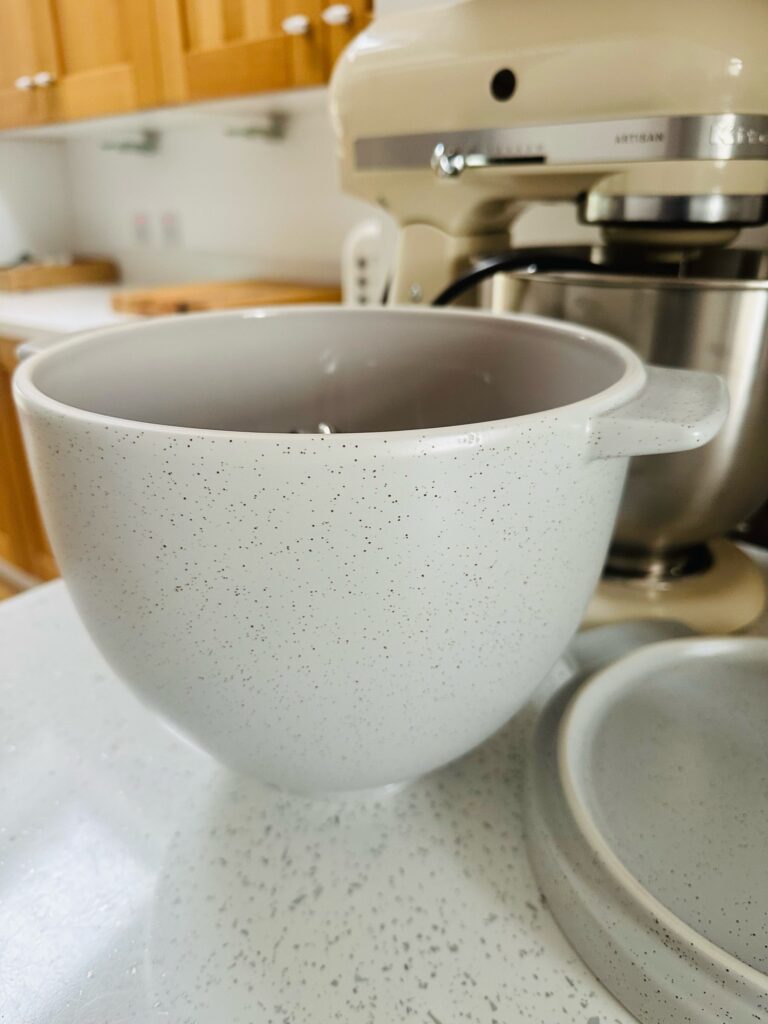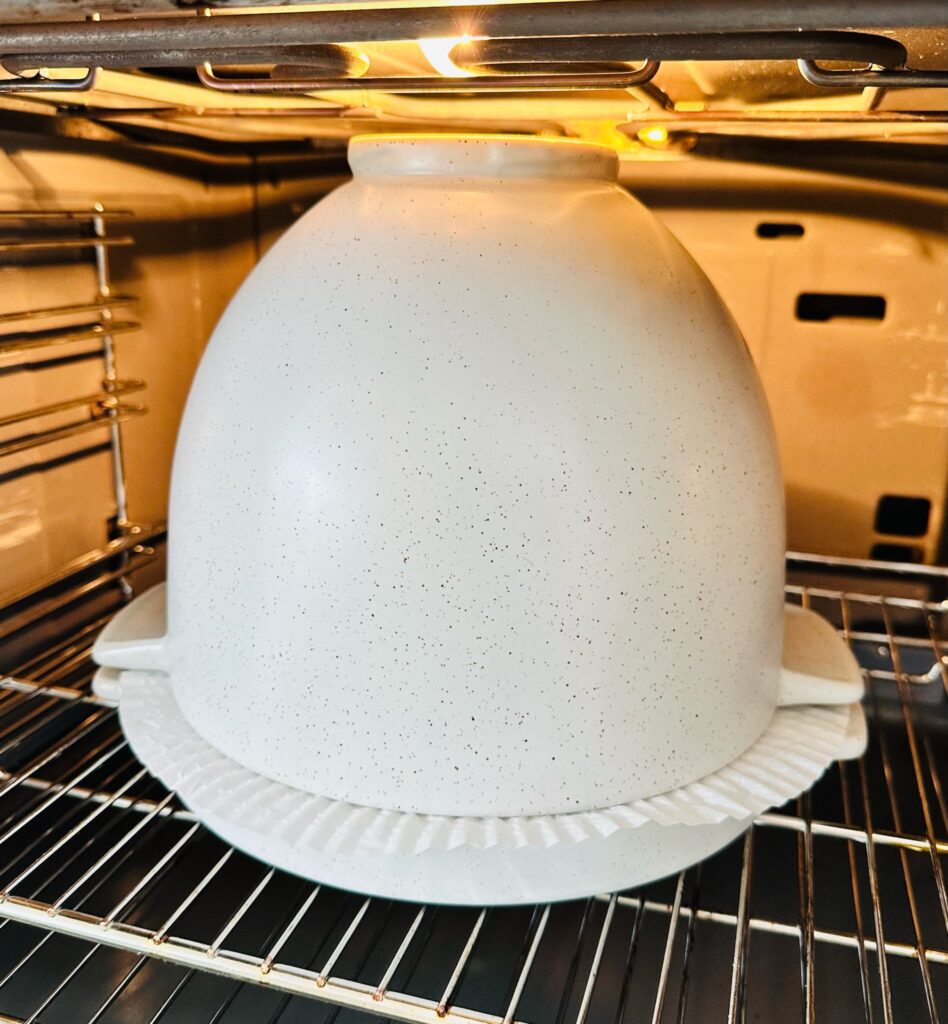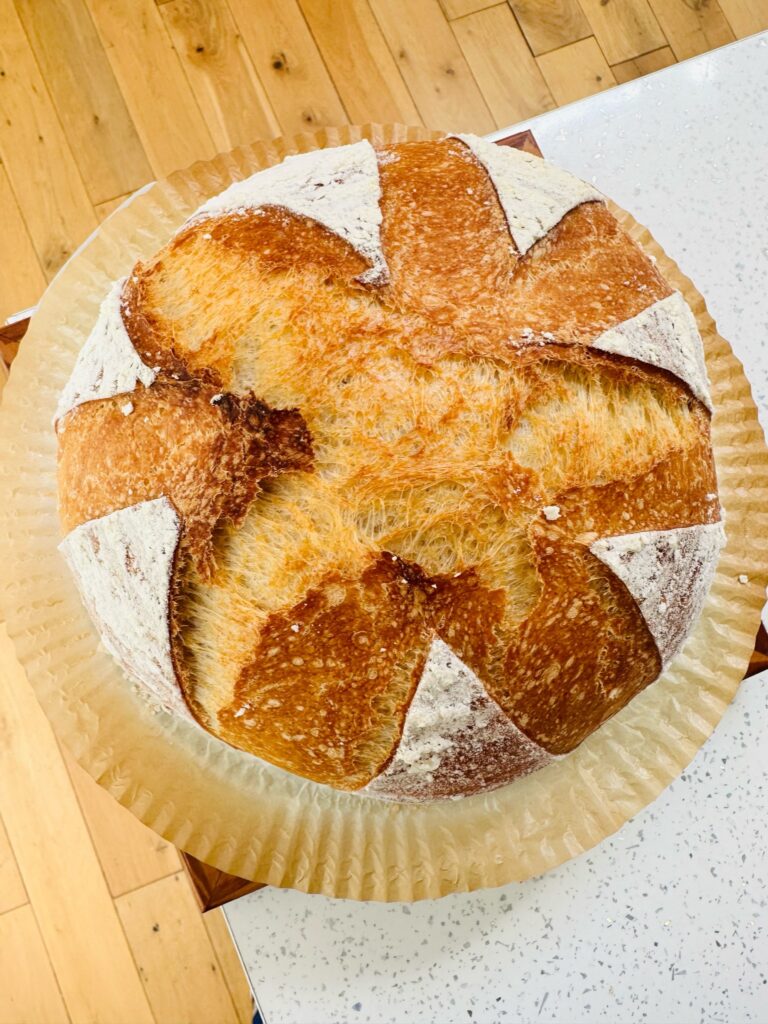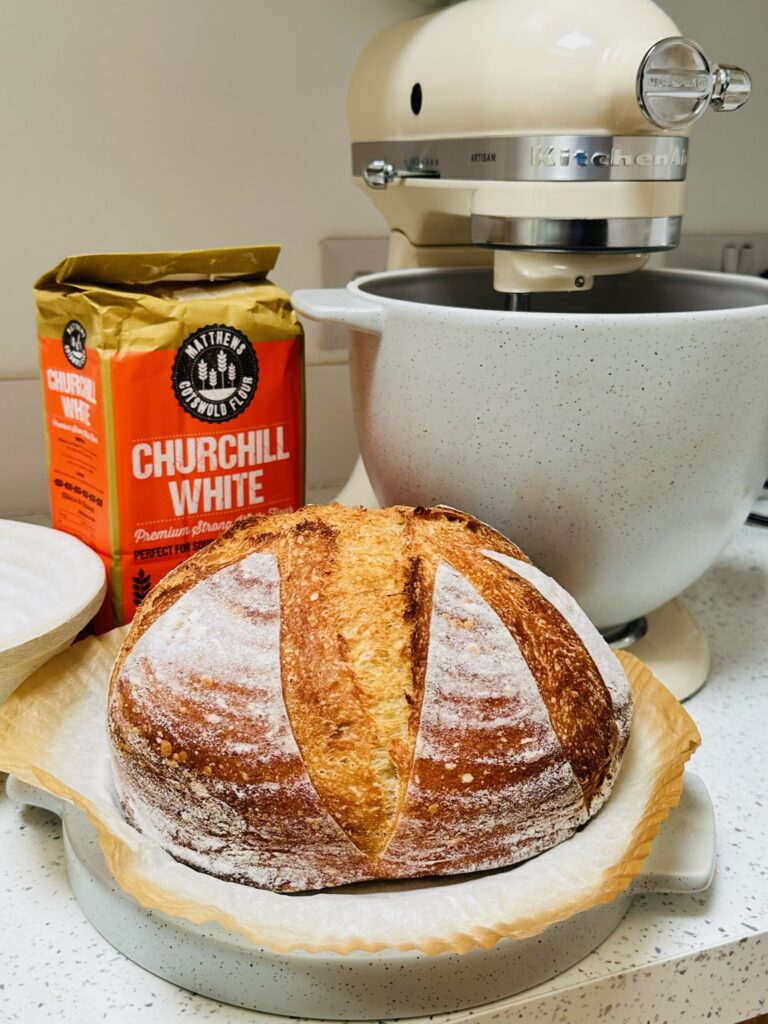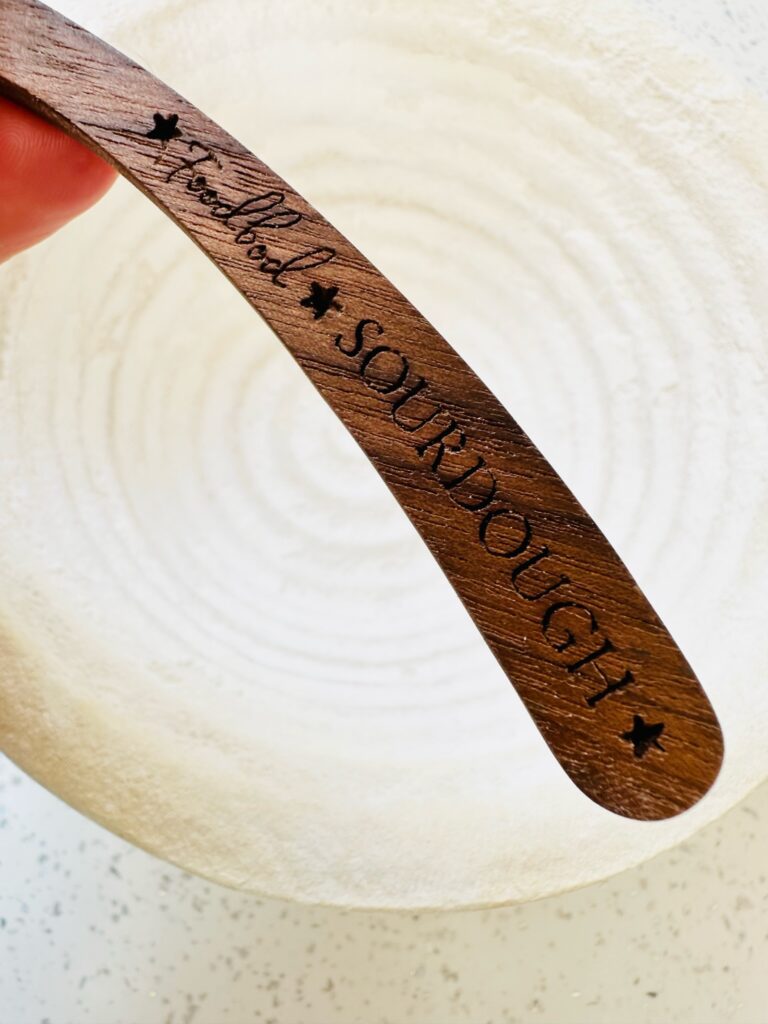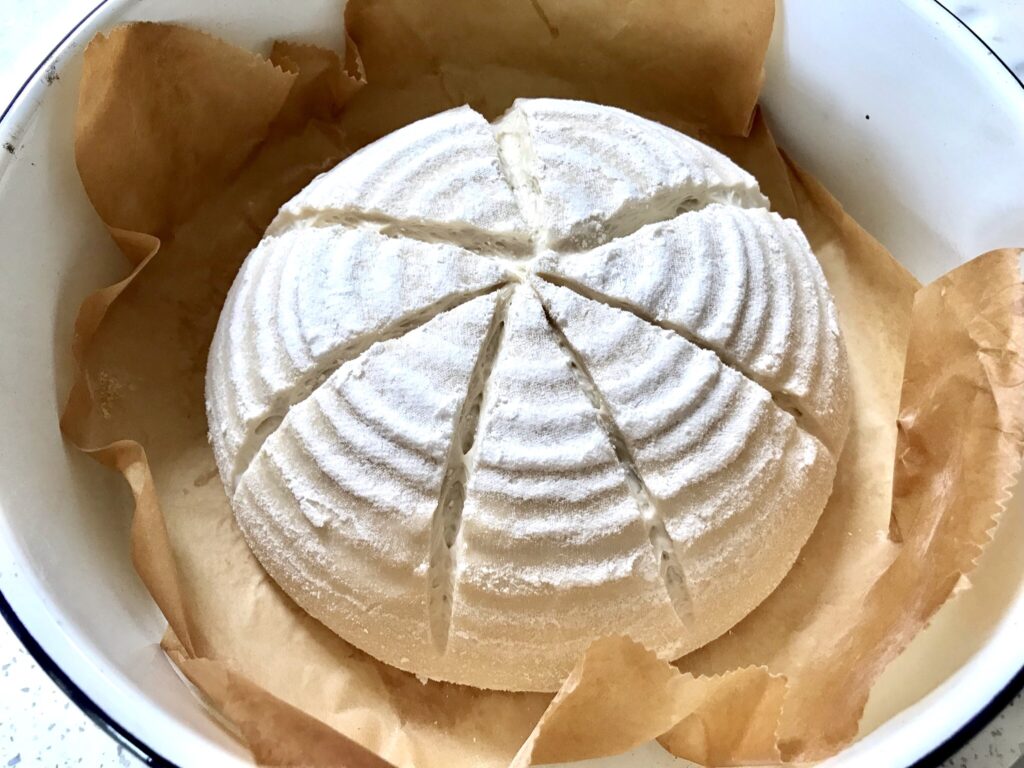
SNEAK PEEK RECIPE 🌟 today I am sharing one of the recipes coming in my new book…as requested, the book includes a selection of ‘discard’, or fast, recipes for making tasty goodies simply with your starter. I hope you like them – be warned, they’re very tasty and very easy to eat, and also easy to make ahead and bake when you’re ready.
My new book, The Sourdough Bible, is available now to pre order HERE
‘Everything but the Bagel Crackers
Sourdough crackers are so popular, I couldn’t produce a “bible” without including some. These are made using Everything but the Bagel seasoning, which I have also used in the Everything but the Bagel Sesame-Crusted Baby Loaf in the book, to ensure that you get more uses out of the ingredients that you may have needed to buy for my recipes. These crackers are truly moreish; they also keep well in a tin if you do have leftovers.’
Equipment:
Digital scale,
Medium-sized to large mixing bowl,
Rolling pin,
Pizza cutter,
2 large baking sheets, lined with parchment paper
Makes 40 to 45 crackers, depending on the size you cut them into
200 g (1 cup) starter in any form: fed for the purpose/unfed/discard
150 g (¾ cup) all-purpose flour or strong white bread flour, plus more for dusting
25 g (⅛ cup) oil of your choice, I used olive oil
25 g (⅛ cup) Everything but the Bagel seasoning blend (shop bought or you’ll find simple recipes for making it online and in my book, it’s a blend of sesame seeds, salt, dried garlic, dried onion, black sesame seeds and poppy seeds, very aromatic and very tasty!)
Note:
No additional salt is needed, as the seasoning is very salty.
Step 1: In a medium-sized to large bowl, combine all the ingredients and mix well. The mixture will seem dry, but it will come together to make a firm ball of dough.
Step 2: Cover the bowl with a shower cap or cover of your choice and place it in the fridge for at least 1 hour, or up to 24 hours.
Step 3: When you’re ready, place the dough onto a floured surface and roll it out to ⅛ inch (3 mm) thick or a little less.
Use the pizza cutter to cut the dough into 1-inch (2.5 cm) strips, then cut them into 1½-inch (4-cm)-long pieces. I cut mine at a diagonal, purely for aesthetics.
Step 4: Place the cut pieces on the prepared baking sheets—they can be placed close together but should not overlap.
Step 5: Prick each piece twice with a fork to prevent them from puffing when they bake.
Step 6: When you are ready to bake, decide whether you would like to bake in a preheated oven or from a cold start. If preheating, set the oven to 350°F (180°C) for convection or 375°F (200°C) for conventional.
If you preheated the oven, bake, uncovered, for 7 minutes.
Carefully remove the pan from the oven, turn the crackers all over and bake for a further 7 minutes.
If using a cold start, bake uncovered for 12 minutes on one side. Carefully remove the pan, turn the crackers all over and bake for a further 7 minutes.
Step 7: Once baked, allow the crackers to cool briefly and serve. Or cool completely and place in a tin for later.


